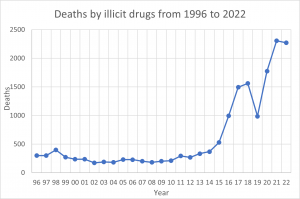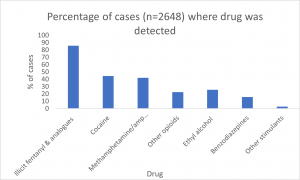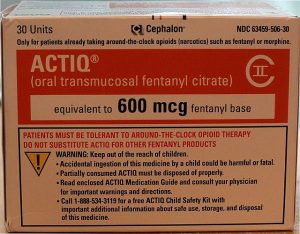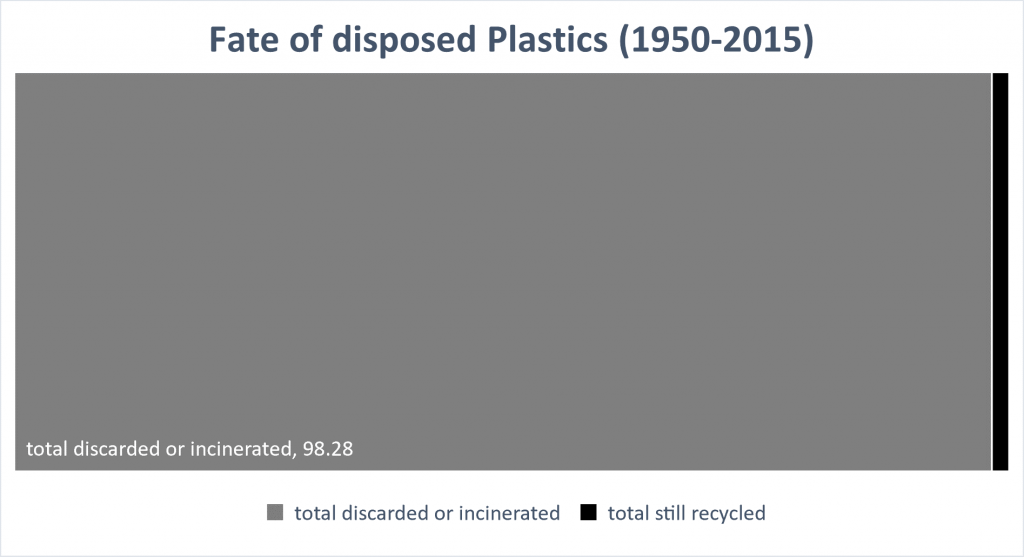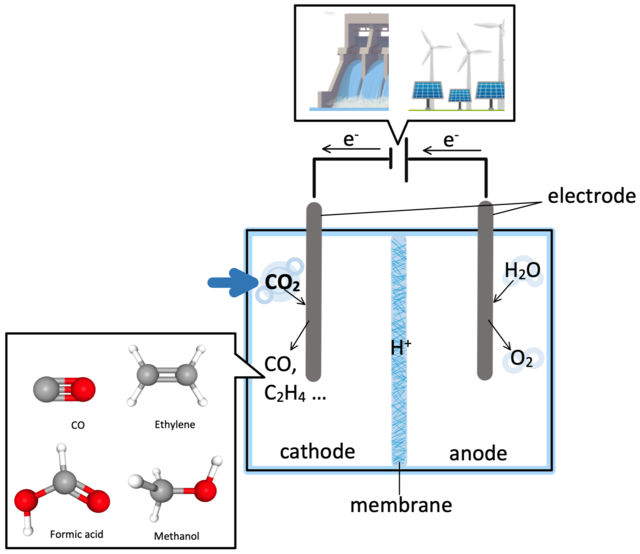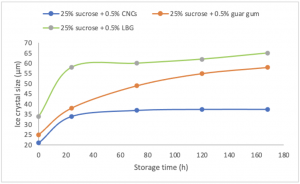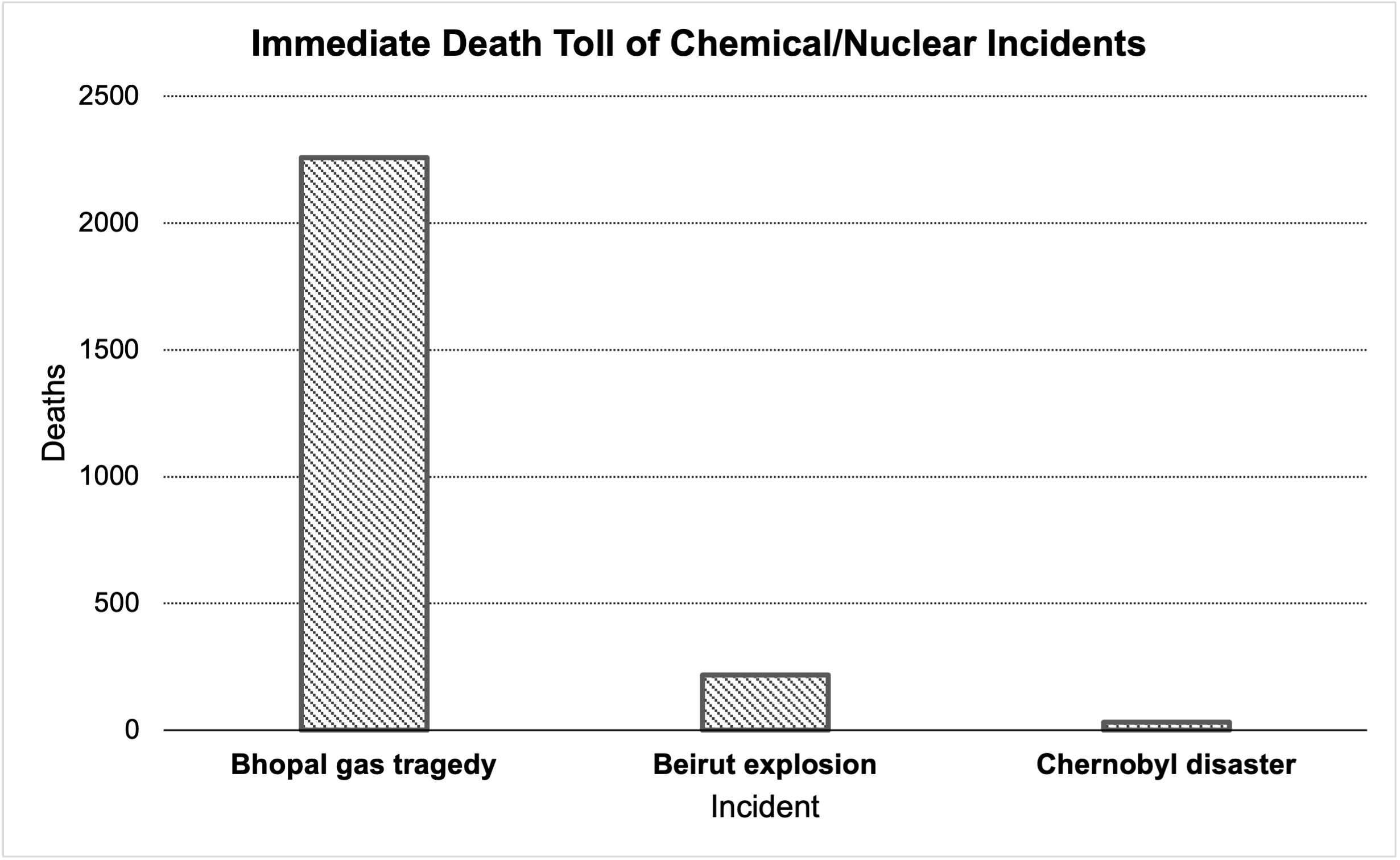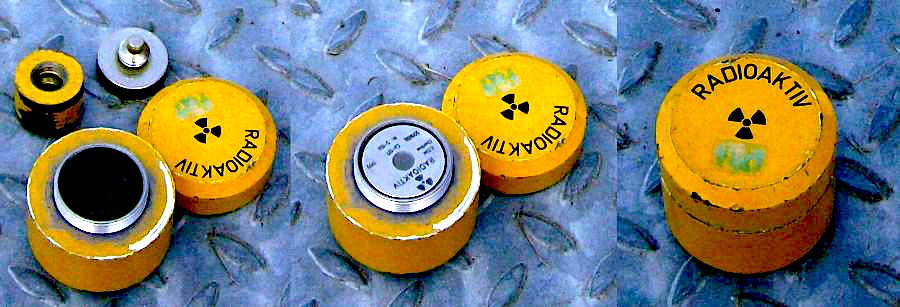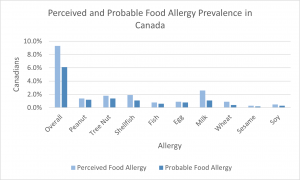Smoking tobacco has been prevalent in Canadian communities for a very long time. Indigenous groups in Canada have been known to use tobacco to smoke for thousands of years. Canadians have been smoking cigarettes since the early 19th century. As time has advanced so have our smoking habits. In 2020 the University of Waterloo conducted a smoking prevalence survey where they concluded that 3.2 million Canadians (approximately 10.2% of the entire Canadian population) actively smoke cigarettes. The current trend in cigarette usage has seen a decrease in cigarette usage over the past 20 years. However, despite the decrease, some people feel that cigarettes should be banned altogether.
Tobacco use continues to be the leading cause of preventable illness and death in Canada. Over 48,000 Canadians die from tobacco use every year. Smoking legislation has already come a long way since the 19th century. Smokers would argue abolitions is an extremely drastic change however it is important to remember that it was only just over ten years ago that smoking with children in the car was legal. If a smoker was told that they weren’t allowed to smoke in a bar in the early 21st century they most likely would have gone ballistic believing that it is a complete infringement on their rights. Cigarettes are also a major cause of fires in Canada. From 2012-2015 11% of all outdoor fires were deemed to be caused by cigarettes that were improperly disposed of.
In Canada, the cigarette and tobacco economy is one that puts roofs over people’s houses and food in their children’s mouths. There are over 2,300 Canadians working in the cigarette and tobacco manufacturing sector as of 2023. Economics is not the only reason abolition would be the wrong approach. Considering the health of current smokers is extremely important. Out of the 3.2 million Canadians that actively smoke cigarettes 2.6 million of them are daily smokers. If these people can no longer smoke their cigarettes they can experience serious withdrawal symptoms. Feelings of high anxiety, depression, and lack of sleep can severely impact a person’s mental health. Many people believe that being able to buy and consume cigarettes is their human-born right. A right that should not be infringed upon by the government. It does not take a smoker to not want to have freedoms of choice to be limited by the government.




